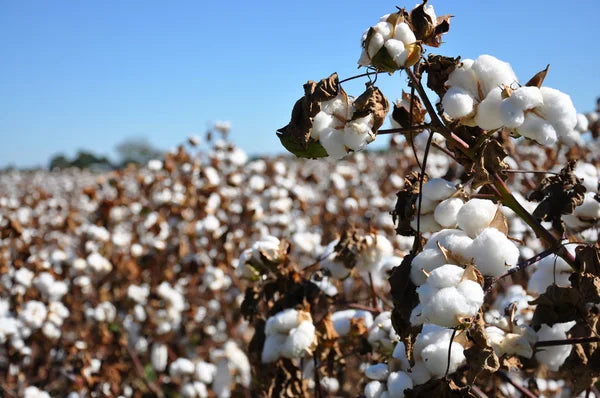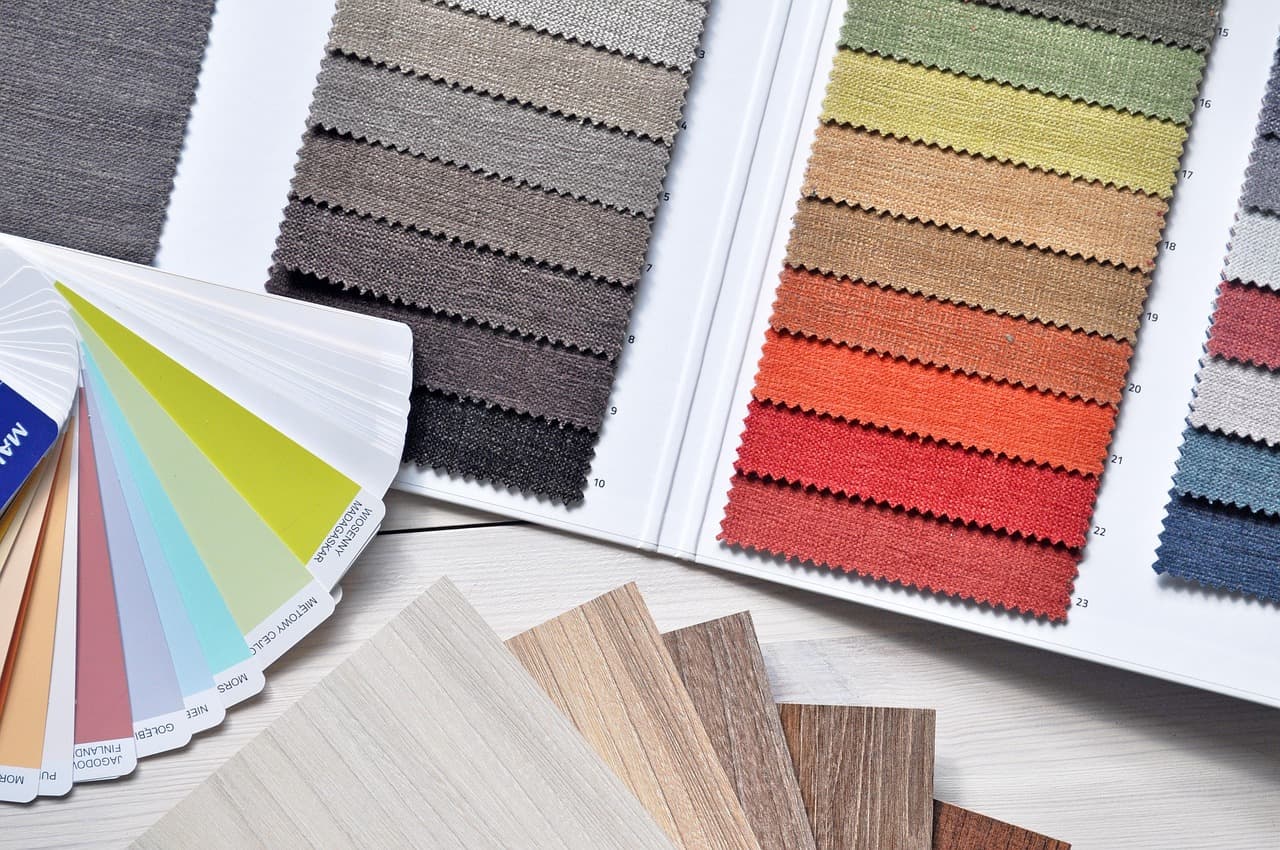Is Cotton Really the Most Toxic and Least Sustainable Fabric?
Global cotton production reached 25.3 million metric tons in 2023, with major producers including India (24%), China (22%), and the United States (15%). Organic cotton now accounts for 14% of production, driven by rising demand in fast fashion and sportswear, while recycled cotton usage has climbed to 22%. Cotton boasts exceptional properties: an 8.5% moisture absorption rate (far exceeding polyester’s 0.4%), three times the breathability of polyester, a heat resistance threshold of 150°C, and natural antimicrobial efficacy of 72%. However, cotton cultivation consumes 16% of global pesticides and 4% of fertilizers, with 15,000 liters of water required to produce 1 kg of cotton. With genetically modified (GM) cotton now dominating 76% of production, ecological sustainability has become a critical industry focus.
Today, we’ll explore cotton in three modules:
- Fiber types and cotton varieties
- Cotton processing and challenges
- Blended fabrics and their pros/cons

Everything You Need to Know About Cotton
I. Fiber Types and Cotton Varieties
Cotton has been cultivated for over 7,000 years, making it one of humanity’s oldest natural fibers alongside wool and linen. Modern textiles now include synthetic fibers like polyester, acetate, acrylic, and nylon. Fibers broadly fall into two categories: natural and synthetic.

Natural fibers are derived from plants or animals:
- Protein fibers: Wool, Silk
- Cellulose fibers: Cotton, Linen
Synthetic fibers are chemically produced and classified as:
- Regenerated: Made from natural materials (bamboo, soy, wood pulp) processed into fibers (viscose, lyocell).
- Inorganic: Rare in apparel (metal, ceramic, carbon fibers).
- Synthetic polymers: Made from petrochemicals, requiring no fiber extraction (polyester, nylon, acrylic).
Cotton plants are tropical crops with four main varieties:
- Asiatic
- African
- Upland cotton (originating in Central America; 90% of global production due to high yield and economic viability).
- Sea Island cotton (extra-long staple fibers for premium textiles).

II. Cotton Processing and Challenges
Cotton requires a 6-month growth cycle. After machine harvesting, it undergoes:
- Drying: Heat-treated to remove moisture.
- Ginning: Separating seeds and debris.
- Carding: Aligning fibers uniformly.
- Spinning and Drawing: Twisting fibers into yarn through multiple passes.

Environmental Concerns
- Producing one cotton T-shirt consumes ~2,700 liters of water (10 days of human water use).
- Cotton occupies 2.5% of global farmland but uses 25% of agricultural pesticides, contaminating ecosystems and threatening worker health.
- GM cotton (80% of crops) boosts yield and pest resistance but raises sustainability debates.
Organic Cotton
- Prohibits GM seeds and synthetic pesticides.
- Reduces water use by 98% but yields 30% less than conventional cotton, requiring more land and labor.

III. Blended Fabrics: Pros and Cons
While cotton excels in breathability and comfort, its drawbacks (poor colorfastness, shrinkage, low elasticity) make blended fabrics predominant. Blends combine cotton’s softness with synthetic performance:

1. Poly-Cotton Blend
- Strengthens dye retention and wrinkle resistance but reduces breathability. Often deceptively marketed as "pure cotton."
2. Washed Cotton
- Pre-shrunk via high-temperature washing for smoother texture and color retention. Higher cost.
3. Lycra Cotton (Spandex Blend)
- Adds stretch and durability for activewear. "Lycra" is a brand name for spandex ("iPhone" vs. "cellphone").
4. Mercerized Cotton
- Treated with sodium hydroxide to enhance luster and absorbency, but weakens fiber structure.
5. Slub Cotton
- Woven with uneven yarns for a textured, node-like surface.
6. Canvas Cotton
- Dense, stiff weave ideal for durable bags.
7. Combed Cotton
- Extra carding removes impurities for softer, stronger yarn.
8. Ice Cotton
- Coated for a cooling, silky feel.
Conclusion
Pure cotton garments are rare today, as blends address cotton’s limitations. For 100% cotton apparel, expect extra care (e.g., pre-shrinking). The industry’s future hinges on balancing cotton’s natural benefits with innovations in sustainability and blended technologies.
Tags:






Leave a comment
Your email address will not be published.